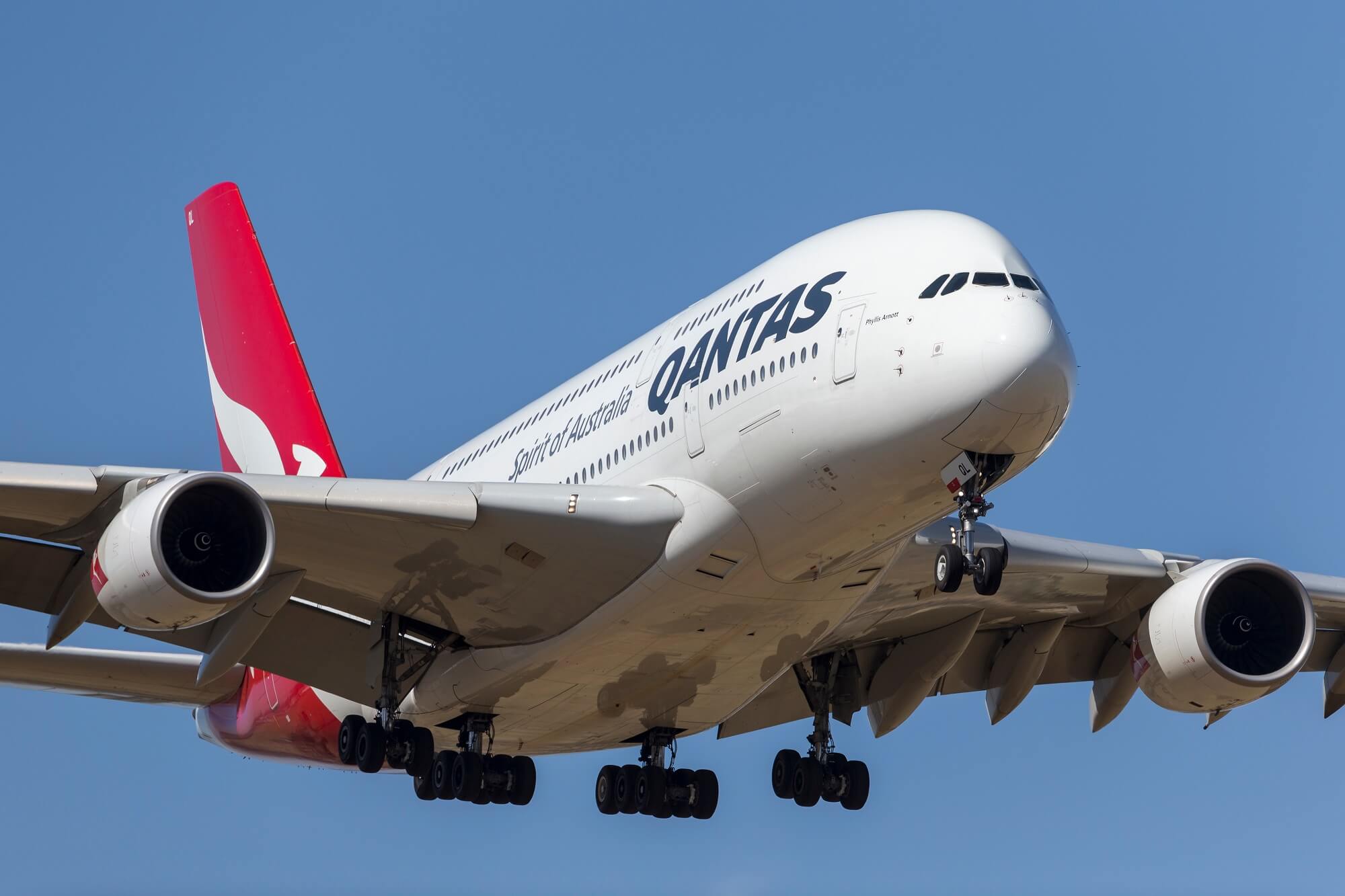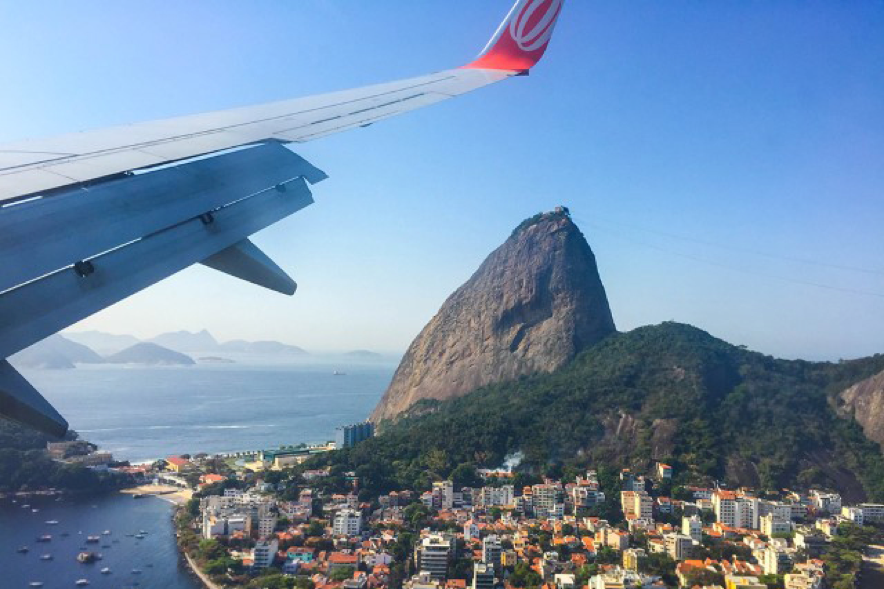Airports and Infrastructure

Brazil boasts a vast network of airports, catering to both domestic and international travelers. These airports play a crucial role in connecting the country’s diverse regions and facilitating economic growth.
Major Airports in Brazil, Passenger plane brazil
The country’s major airports are strategically located to serve major cities and tourist destinations.
- Guarulhos International Airport (GRU), located in São Paulo, is the busiest airport in Brazil and one of the largest in Latin America. It serves as a major hub for international and domestic flights, handling over 40 million passengers annually. GRU offers a wide range of amenities, including shopping, dining, and Wi-Fi.
- Rio de Janeiro/Galeão International Airport (GIG), serving the city of Rio de Janeiro, is another significant airport in Brazil. GIG handles over 20 million passengers annually and serves as a hub for international and domestic flights. It features modern facilities, including a shopping mall and a wide selection of restaurants.
- Brasília International Airport (BSB), located in the capital city of Brasília, is a major hub for domestic flights and serves as a gateway to the central region of Brazil. BSB handles over 10 million passengers annually and features a modern terminal with numerous amenities.
- Confins International Airport (CNF), located in Belo Horizonte, is the main airport serving the state of Minas Gerais. CNF handles over 10 million passengers annually and offers a wide range of amenities, including a shopping center and several restaurants.
- Salvador International Airport (SSA), located in Salvador, Bahia, is a major hub for domestic flights and serves as a gateway to the northeastern region of Brazil. SSA handles over 10 million passengers annually and features a modern terminal with numerous amenities.
Comparison of Infrastructure
While Brazilian airports have undergone significant improvements in recent years, they still face challenges in terms of infrastructure compared to major airports in other countries.
- Passenger Volume and Capacity: Brazilian airports generally handle a lower passenger volume compared to major airports in the United States, Europe, and Asia. This difference in passenger volume reflects the overall size of the Brazilian economy and the country’s tourism sector. However, some Brazilian airports, such as GRU and GIG, are approaching the capacity limits of their existing infrastructure, leading to congestion and delays.
- Modernization and Expansion: While some Brazilian airports have undergone modernization and expansion projects, others still lack modern facilities, such as baggage handling systems, security checkpoints, and passenger lounges. The pace of modernization and expansion has been uneven, leading to disparities in the quality of infrastructure across different airports.
- Connectivity and Accessibility: The connectivity and accessibility of Brazilian airports vary significantly. While major airports in major cities are well-connected to public transportation, smaller airports in rural areas may lack adequate transportation infrastructure. This can pose challenges for travelers who rely on public transportation to reach airports.
Challenges and Opportunities
Brazil faces significant challenges and opportunities in the development and expansion of its airport infrastructure.
- Investment and Funding: Securing adequate funding for airport development and expansion is a major challenge. Brazil’s government faces budget constraints, and private investment in airport infrastructure has been limited. This lack of funding can hinder the modernization and expansion of existing airports and the construction of new ones.
- Environmental Regulations: Brazil has strict environmental regulations that can complicate airport development and expansion projects. The construction of new airports or the expansion of existing ones may require extensive environmental impact assessments and mitigation measures, which can be time-consuming and costly.
- Competition and Market Dynamics: The Brazilian airport market is highly competitive, with multiple airlines operating domestic and international routes. This competition can make it difficult for airports to secure profitable routes and attract new airlines, particularly in smaller cities.
- Tourism Growth: Brazil’s tourism sector is expected to continue growing in the coming years, which will put pressure on airport infrastructure. The country needs to invest in airport development and expansion to accommodate the increasing number of tourists and ensure a smooth travel experience.
Airlines and Routes: Passenger Plane Brazil

The Brazilian airline industry is a vibrant sector, characterized by a diverse range of domestic and international airlines serving a vast network of routes. This section delves into the key players in the industry, the most popular flight paths, and the impact of competition and consolidation on the market.
Major Airlines
The Brazilian airline market is dominated by a few major players, including:
- GOL Linhas Aéreas Inteligentes: GOL is the largest domestic airline in Brazil, known for its low-cost model and extensive network of domestic routes. They also operate international flights to destinations in South America, the Caribbean, and North America.
- LATAM Airlines Brasil: LATAM is a major South American airline with a significant presence in Brazil. They offer a wide range of domestic and international flights, connecting Brazil to destinations across the Americas, Europe, and Asia.
- Azul Linhas Aéreas Brasileiras: Azul is a relatively newer airline that has rapidly expanded its network, focusing on connecting smaller cities in Brazil. They also offer international flights to destinations in the United States and Portugal.
- Avianca Brasil: Avianca Brasil was a major airline in Brazil, but it ceased operations in 2019 due to financial difficulties.
Popular Flight Routes
Domestic routes within Brazil are heavily concentrated on connecting major cities such as São Paulo, Rio de Janeiro, and Brasília.
- São Paulo (GRU/SBGR) to Rio de Janeiro (GIG/SBGL): This is the busiest domestic route in Brazil, with numerous flights operated by all major airlines.
- São Paulo (GRU/SBGR) to Brasília (BSB/SBBR): This route is also heavily traveled, connecting the two major political and economic centers of Brazil.
- São Paulo (GRU/SBGR) to Salvador (SSA/SBSV): This route connects São Paulo to the northeastern region of Brazil, a popular tourist destination.
- Rio de Janeiro (GIG/SBGL) to Fortaleza (FOR/SBFZ): This route connects Rio de Janeiro to the northeastern region of Brazil, another popular tourist destination.
International routes from Brazil are primarily focused on destinations in North and South America, with a growing number of flights to Europe and Asia.
- São Paulo (GRU/SBGR) to Miami (MIA/KMIA): This route is a popular connection between Brazil and the United States, with many flights operated by airlines such as GOL, LATAM, and Azul.
- Rio de Janeiro (GIG/SBGL) to Lisbon (LIS/LPPT): This route connects Brazil to Europe, with flights operated by airlines such as TAP Portugal and LATAM.
- São Paulo (GRU/SBGR) to Orlando (MCO/KMCO): This route is another popular connection between Brazil and the United States, known for its theme parks and tourist attractions.
Competition and Consolidation
The Brazilian airline industry has experienced intense competition in recent years, with the rise of low-cost carriers like GOL and Azul. This competition has driven down prices and increased the number of flights available to passengers. However, it has also led to consolidation in the industry, with the merger of TAM and LAN to form LATAM.
“The Brazilian airline industry is characterized by fierce competition, with the rise of low-cost carriers and consolidation among major players. This dynamic environment has led to both benefits and challenges for passengers and the industry as a whole.”
Passenger plane brazil – So you’re saying you want to fly to Brazil? Well, make sure you pack your patience, because those flights can be a real rollercoaster! And don’t even get me started on the in-flight entertainment – it’s about as exciting as watching paint dry.
But hey, at least you won’t have to endure the kind of back-and-forth you’d see in a presidential debate. Those are way more intense than any turbulence you’ll encounter in the air! So, yeah, Brazil… Just make sure you’re prepared for the long haul.
So, you’re thinking about flying to Brazil? Maybe you’re picturing yourself sipping caipirinhas on Copacabana beach. But before you book that ticket, you might want to check out this amazing article about David Muir , a journalist who’s been reporting on the world’s biggest stories for years.
He might have some insights into the safety and security of air travel, especially in South America. Just sayin’, you don’t want to end up stuck in the middle of the Amazon with a broken wing, right?
